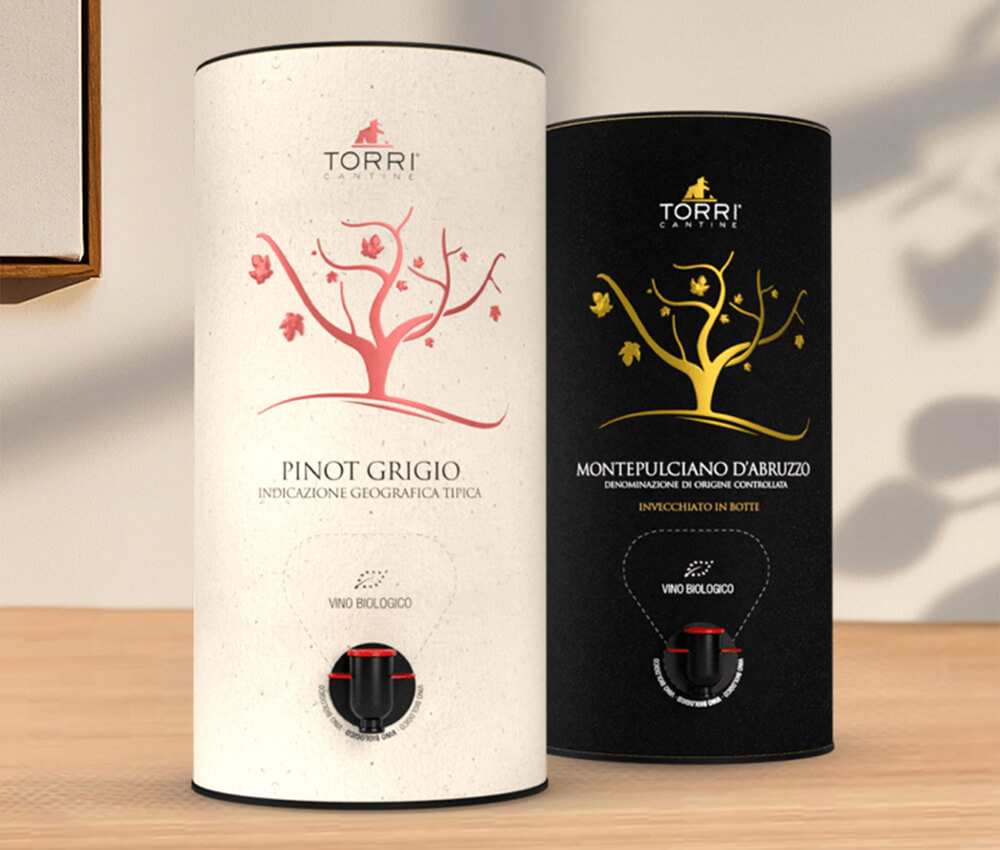 Tel: +86 188 2689 9458
Tel: +86 188 2689 9458
 Tel: +86 188 2689 9458
Tel: +86 188 2689 9458
source:other news release time:2023-07-14 Hits:

Aseptic bag, a new high-tech packaging material, is made from polyethylene particles through film blowing, cutting, heat sealing, Vacuum packing, sterilization and other processes in a clean environment
purpose
Sterile bags are widely used for the transportation and temporary storage of sterile solid raw materials, sterile pharmaceutical excipients, sterile preparations, and other products due to their sterile, non-toxic, excellent low-temperature resistance, good chemical stability, and electrical insulation properties, as well as the transit packaging of sterile rubber stoppers from cleaning to filling lines. In addition, in the food industry, sterile bags can also be combined with cardboard and aluminum foil to form packaging containers for food. The weight of sterile bags accounts for about 20% of the entire packaging, mainly preventing liquid leakage and microbial invasion.
Production environment and process
According to the new GMP standard, the production environment of sterile bags needs to be carried out in workshops with a cleanliness level of C or above. The cleanliness of the workshop needs to be graded based on the number of dust particles and settling bacteria in the workshop. A level is higher for Z, and the higher the level, the fewer dust particles and settling bacteria in the bag.
The production process of sterile bags mainly includes film blowing, cutting, heat sealing bag making, Vacuum packing and sterilization.
Blowing film: Firstly, open the air purification system in the workshop and disinfect the workshop and operators to ensure that the operating environment meets the set standards. Blow film the purified polyethylene particles at a certain temperature;
Cutting: The tubular film obtained after blowing is cut into different sizes of film cylinders according to customer requirements; Heat sealing bag making: use a heat sealing machine to seal the membrane cylinder;
Vacuum packing: multi-layer Vacuum packing shall be carried out according to a certain number of sealed sterile bags;
Sterilization: Sterilize the packaged sterile bag with gamma rays to meet the product's sterility requirements.
Read recommendations:
Wholesale High Barrier Plastic Stand Up Flat Bottom Pet Dog Food Packaging Bag
pouch flexible packaging custom
flexible packaging films custom
Popular recommendation
Laminated Aluminum Foil Zip Lock Bag Stand Up Pouch /Matt White Foil Pouch /Zip Lock Coffee Bag
Custom Special Shaped Super Pouch Aluminum Foil 1.5L 3L 5L Stand Up Drink Juice Liquid Pouch With Va
Kraft paper pouch
grinds coffee pouch price
bag in box wholesale
wine bag in box wholesale
packaging spout pouch supplier
packaging spout pouch company
Spout pouch flexibility sales
custom snack food bags
How to inflate the packaging bag of puffed food?
Why are cylindrical bag-in-box so popular?
Guide the use of plastic packaging bags
Classification and material of packaging bags
How to correctly choose plastic bags for food? Teach you a few tricks
Kraft paper bags are easy to tear? It's just its material characteristics.kraft paper pouch bags man
How to distinguish the materials of food packaging bags?
The use of aluminum foil bags
The difference between aluminum foil bag and composite bag and vacuum packaging bag
The common problems of self -standing bags are here, the solutions are here
What materials should be used for tea bags
Advantages of using bag in box packaging compared to traditional forms
Install zipper-prone bags on the three-sided and main pockets.
Discussion on the Benefits of Vacuum Packaging Bags for Tea.vacuum zipper bags company
Which foods can be packed in vacuum bags?
The characteristics and performance of Spout POUCHES
paper snack food bag supplier.Talking about the Safety of Using Food Packaging Bags
Is there a shelf life of biodegradable plastic bags?Biodegradable Bubble mailing bag distributors
Plastic packaging bag purchase requirements.aluminum foil bags for grilling Production
A major advantage of food grade vacuum packaging bags